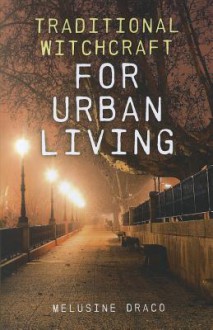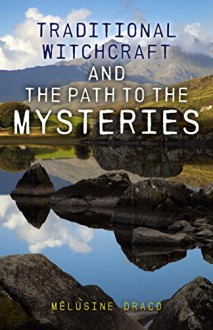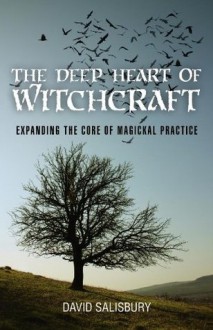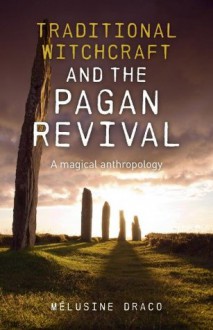If much of today’s pagan propaganda is to be believed, anyone who doesn’t live a stone’s throw from, or have regular access to the rural heartlands of England, is hardly qualified to call themselves ‘pagan’. And if the unfortunate town-dweller can’t be found at weekends rooting about in country hedgerows, then ‘witch’ is also a label to which they apparently have no right!
Tosh, tosh! And thrice tosh!
Yes, of course, we can haul out the old chestnut of ‘pagan’ deriving from the Latin pagus, which properly means ‘belonging to a village’ but it was used in a derogative sense, just as contemporary town dwellers might refer to country folk as ‘swede bashers’ or ‘carrot crunchers’. Long after the Christian Church was first established in the cities and towns (centres of learning), what they saw as idolatrous practices continued to be observed in rural districts and villages, so ‘pagan’ and ‘villager’ came to mean the same thing. Similarly, the word ‘heathen’ (from the Anglo-Saxon hæthen, hæth) referred to a ‘dweller on a heath or common’. Christian doctrine would not have reached these remote people until long after it had integrated town and city, and in both cases, ‘pagan’ and ‘heathen’ implied a lack of worldliness, sophistication and learning. It was intended as an insult.
In contemporary society, ‘pagan’ is now the accepted umbrella term for those who follow any eclectic, reconstructionalist doctrines of pre-Christian beliefs, while ‘heathen’ tends to refer more specifically to those of the revivalist Norse traditions. Ironically, the vast majority of followers of both traditions live in towns and cities. And let’s face it, people live in urban communities for a variety of reasons: the most common being the close proximity to work and/or family.For the witch whose career confines them to an urbanised environment, regular Craft practice may often seem like a futile gesture, especially if home is a small, gardenless-flat. Even the suburbs can be magically incapacitating, if there is constant noise from traffic and neighbours. People work long hours; often setting off for work and getting home again in the dark during the winter months, without having the opportunity to notice the subtle changing of the seasons. Weekends are a constant battle with family commitments, domestic chores and socialising. It’s no wonder that the urban witch has little time or strength left for magical and spiritual development.
There are, of course, others who find themselves having to remain town and house-bound because of age or disability; because they are caring for an aged/infirm parent, or partner; or because they have small children. Urbanisation often provides on-the-spot facilities to make things easier on the domestic front but it cannot give the one thing that a witch needs most – privacy and spiritual elbow-room.
So how do we manage?

First published as Mean Streets Witchcraft, this book has become part of Melusine's Traditional witchcraft series, published by Moon Books. Increasingly Pagans are urban dwellers, and there's growing demand for pragmatic books that deal with the realities of urban living rather than a romanticised, rural Paganism that simply isn't available to the majority of people in their daily lives.
The quote I've shared comes from the introduction to the book, and highlights all the issues urban Pagans routinely face. That question of 'So how do we manage?' is the jumping off point for this book, which goes on to explore how nature exists in urban spaces, how to relate to the elements, content about the history or urban magic users and more. There's a lot on offer here about how to have a really workable magical practice in an urban environment, and I think it has a lot to offer all Pagans, not just witches.

 Log in with Facebook
Log in with Facebook 












